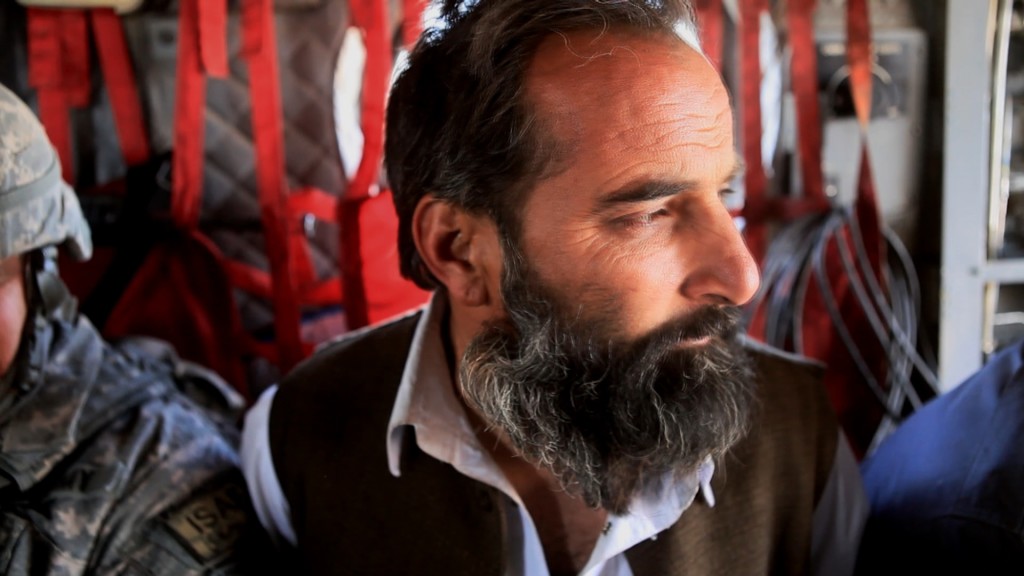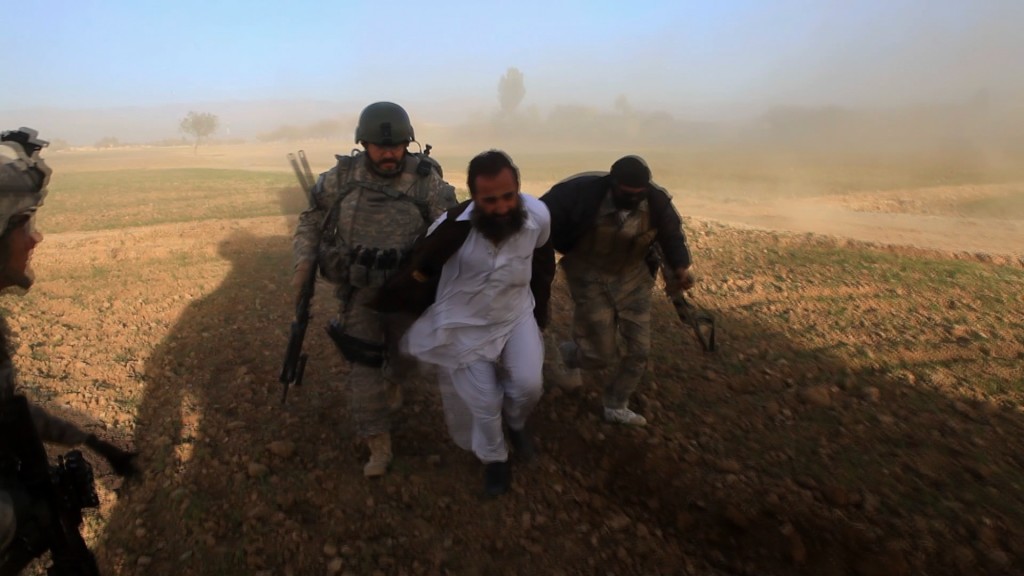What is the Secretive U.S. “Kill/Capture” Campaign?

June 17, 2011
Share
12,000.
That’s the number of Taliban and Al Qaeda fighters the U.S. military says it’s either killed or captured in the past year using a secretive program ramped up by Gen. David Petraeus. It’s led by a powerful military command few had heard of before last week’s killing of Osama bin Laden.
They’re known as “JSOC” — Joint Special Operations Command. They report directly to the president and, as National Journal reporter Marc Ambinder put it “operate worldwide based on the legal (or extra-legal) premises of classified presidential directive.” John Nagl, a former counterinsurgency adviser to Gen. Petraeus, described JSOC’s kill/capture campaign to FRONTLINE as “an almost industrial-scale counterterrorism killing machine.”
The kill/capture campaign that JSOC is executing targets enemies on a secret list called JPEL [Joint Prioritized Effects List]. According to Matthew Hoh, a former Foreign Service officer who resigned in 2009 because he felt U.S. tactics were only fueling the insurgency, the list includes bomb makers, commanders, financiers, people who coordinate the weapons transport and even PR people.
Once you’re high enough up the list, it’s almost guaranteed that you’re being watched by high-tech surveillance. Attack tactics range from Hellfire missile and bomb attacks by U.S. drones to controversial night raids at the homes of suspected fighters. “What’s happened over the past five years is we’ve gotten far, far better at correlating human intelligence and signals intelligence to paint a very tight, coherent picture of who the enemy is and where the enemy hangs his hat,” explains Nagl. “And we’ve gotten better at using precision firepower to give those people very, very bad days.”
Gen. Petraeus tells FRONTLINE that it’s only one part of the larger U.S. counterinsurgency strategy “This is about a comprehensive approach,” he maintains, “and what you do is you try to surge in every area that is available … to use every tool that you have in the toolbox.”
But is kill/capture really a well-oiled machine? There are some major concerns we explore in Kill/Capture:
- · Is kill/capture doing more harm than good? Winning over the population is one of the key tenets of counterinsurgency doctrine, but critics say that kill/capture, particularly its signature night raids tactic, are alienating ordinary Afghan citizens — and the government.
- · Are we targeting the right people? Kill/capture originally set its sights on high-level leaders, but it’s increasingly targeting midlevel fighters. Why is the U.S. targeting insurgents without much power, who will be easily replaced?
- · What happens when the intelligence is bad? FRONTLINE has uncovered one case in which an airstrike may have targeted the wrong man, to politically harmful results.
An entire generation of Afghans is growing up under kill/capture. Some fear the strategy is creating a group of young insurgents more militant than those who came before them, more interested in fighting an America that routinely raids the homes of their family and friends.
Even those in the Afghan government are concerned. “To some degree operations are conducted in a better coordinated manner,” admits President Hamid Karzai’s chief of staff Mohammad Daudzai. “But a lot of mistakes are there and every day we are shivering, that God knows what more mistakes may happen.”
Related Documentaries
Latest Documentaries
Related Stories
Related Stories
Policies
Teacher Center
Funding for FRONTLINE is provided through the support of PBS viewers and by the Corporation for Public Broadcasting. Additional funding is provided by the Abrams Foundation; Park Foundation; the John D. and Catherine T. MacArthur Foundation; and the FRONTLINE Journalism Fund with major support from Jon and Jo Ann Hagler on behalf of the Jon L. Hagler Foundation, and additional support from Koo and Patricia Yuen. FRONTLINE is a registered trademark of WGBH Educational Foundation. Web Site Copyright ©1995-2025 WGBH Educational Foundation. PBS is a 501(c)(3) not-for-profit organization.



















